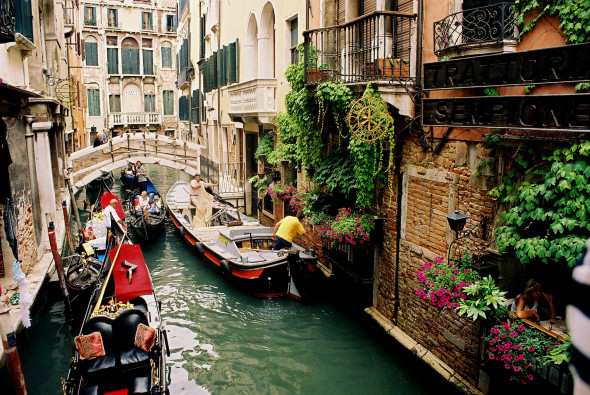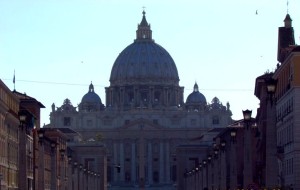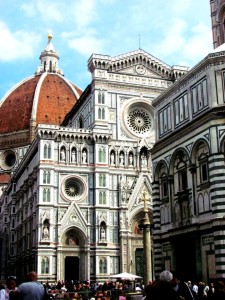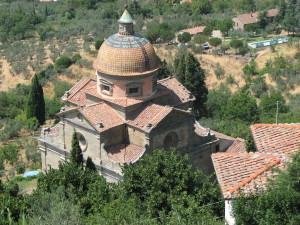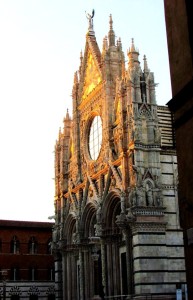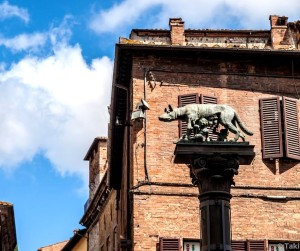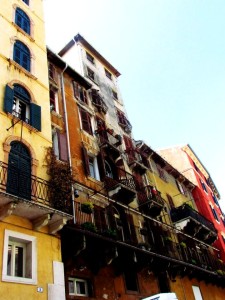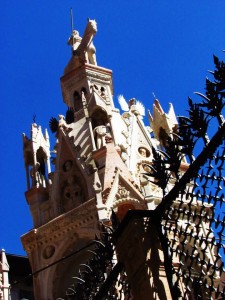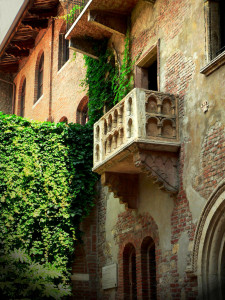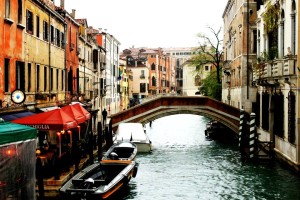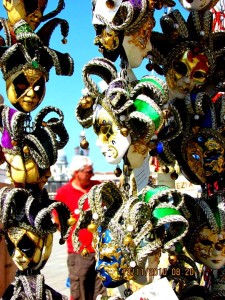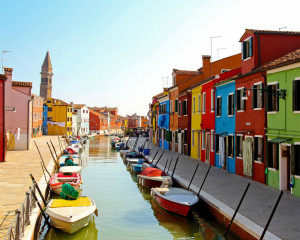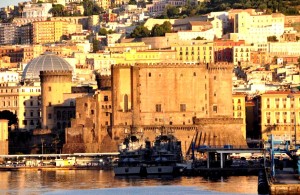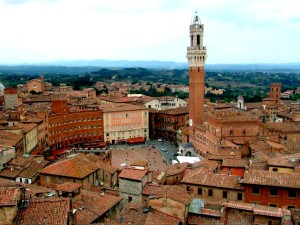For centuries, Italy, nestled in the heart of southern Europe has been the hub of cultural and religious history, art, culinary excellence, gladiators, the sciences and dazzling topography. This relatively small nation has produced some of the finest artists and architects, bestowed upon the world the gift of pizza, fought the Crusades, become the home of Catholicism, pushed the discovery of science and physics and given Europe a cultural significance that is envied across the world. The Italians gave us the concept of the ‘Renaissance Man’ and the enlightened man, allowed the eccentricities of geniuses like Leonardo da Vinci and Michelangelo Buonarroti, housed celebrated works of art like The Last Supper and represented distinguished poets like Dante Alighieri and gifted us with the joys of the violin and mozzarella cheese. It was in Italy that Galileo argued that the Earth revolved around the Sun and where the first operas were composed.
Commonly, the most popular cities in Italy that magnetise tourists are Rome, Florence, Venice and Milan, with good reason. These major cities hold some of the most historic architectural monuments such as the Colosseum, The Sistine Chapel, Saint Peter’s Basilica, The Florence Cathedral, Piazza San Marco of Venice, The leaning tower of Pisa, and Milan is considered one of the biggest fashion capitals in the world. 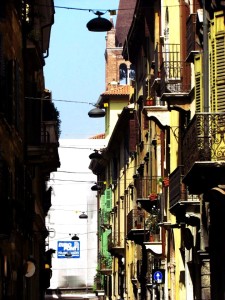
These cities are also home to some of the greatest pieces of art such as Michelangelo’s David in Florence and the historically acclaimed Last Supper in Milan. These cities and their histories have also been employed as backdrops and scenarios for several great movies, plays and books such as Dan Brown’s Da Vinci Code depicting the four alters of science around Rome, Shakespeare’s infamous play the Merchant of Venice and movies like The Room with a View based in Florence. Italy has also produced internationally eminent fashion designers such as Armani, Versace, Gucci, and Prada and is also known for producing fine sports cars, such as the Ferrari and Lamborghini.
However, there is more to Italy than the glittering buzz of these main cities. In smaller, quainter and less mainstream parts of Italy, the true ethnicity and panache of Italy resonates. One such small town is located in the province of Arezzo. A gem atop a hill in Tuscany, Cortona is a small town that carries the true essence of all things Italian, with its own history of war and surrender till it became a part of the Kingdom of Italy after the Italian wars of independence. The prevailing character of Cortona’s architecture is medieval with steep, narrow streets situated on a hillside with small alleyways and cobwebbed streets and a small town square. 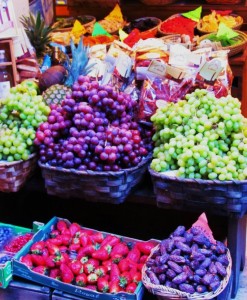
Cortona can be reached via train links from several major cities, however, to reach the hilltop the most accessible way is to hitch a ride with a friendly local. The little town is peppered with small cafes and restaurants and the hospitality of the residents is unmatched. Cortona is the true vision of Tuscany — green trellises covering hidden stone archways, fat bunches of ripe purple grapes, mini medieval chapels, and sunshine in the day and clear starlit nights. A small world in itself, Cortona is a must see during an Italian visit!
Another historical town in the hills of Tuscany, surrounded by olive groves and the vineyards of Chianti, Siena is one of the most beautiful cities in the county. Set on three hills, the city is drawn together by meandering alleyways and sharp steps, whilst the Piazza del Campo stands at its heart, and the Duomo and Saint Maria della Scala serve as remarkable cultural landmarks. Famed for the ‘Palio’ which is the annual famous horse-races that take place on 2nd July and 16th August, it is also home to one of the oldest Universities in Europe. The historic centre of Siena has been declared by UNESCO as a World Heritage Site.
The town, aside from serving some of the best gelato around, also represents the Roman origin tale of the she-wolf suckling infants Romulus and Remus. According to the legend, Siena was founded by Senius, son of Remus, who was in turn the brother of Romulus, after whom Rome was named. Statues and other artwork depicting a she-wolf suckling the young twins Romulus and Remus can be glimpsed all over the city of Siena. This beautiful medieval town is armoured heavily with Gothic architecture, narrow streets and an old city charm that retains both a sense of dominance and is unique and alluring in its sublime magnetism.
Another must see picturesque city in the northeast of Italy is Verona, the home-town of the legendary Taming of the Shrew and of course, Romeo and Juliet. Far from being a romantic cliché, most the main sites of the city revolve around its previous military settlements. Verona is famous for its Roman amphitheatre, the Arena found in the city’s largest piazza, the Piazza Bra and is surrounded by beautiful green hills, the Adige River, Lake Garda, fountains, markets and a vivid green landscape in general.
There is also an abundance of Roman monuments to be found in the city, such as the Roman theatre of Verona. This theatre was built in the 1st century BC, but through the ages had fallen in disuse and had been built upon to provide housing. The city is also home to the the Scaliger Tombs which are a group of five Gothic funerary monuments celebrating the Scaliger family, who ruled in Verona from the 13th to the late 14th century and are a true epitome of Gothic architecture.
Another attractive stature in Verona is the Ponte Pietra, once known as the Pons Marmoreus, which is a Roman arch bridge completed in the 100 BC and crosses over the Adige River, with a stunning view of the mountainside ahead. The jewel of Verona, however, is the house of Juliet, which comprises of a beautiful balcony and a courtyard with a bronze sculpture of Juliet. The most stunning part about this house is the walls and the courtyard is covered with thousands of notes and graffiti from people who consider the pilgrimage to the house as an aspiration of luck in their love lives. The walls of the house and the yard are a truly remarkable vision, along with the piazza’s, streets and the markets of Verona.
Although the Venetian Lagoon begs no introduction, its popularity as the city of romance, only second to Paris, is not the only honour this region bares. Venice, also recorded as a world heritage site, is the capital of the Veneto region and is sited on a group of 117 islands, intertwined via canals and bridges. The scenic beauty and tourist popularity of the city masks its crumbling economic state and the locals mostly depend on selling tourists their food, Venetian masks, lace, blowing glass and gondola rides to earn their keep. However, despite the domestic hardships, the region is truly enchanting and also wears a lot of history with pride.
Before Venice became a tourism hub, it was the star of Europe’s trade and commercial front and its strategic position at the head of the Adriatic made Venetian naval and trade power almost invulnerable. Venice was a major maritime power during the middle Ages and Renaissance, and a staging area for the Crusades and the Battle of Lepanto, as well as a very important center of business and art in the 13th century up to the end of the 17th century. This made Venice a wealthy city throughout most of its history.
Presently, San Marco’s island is the most popular Island with the striking Saint Mark’s square and a walk in the narrow, pictorial alleys leads to several dainty cafes serving a plethora of pizzas, pastas and seafood, and shops and stalls offering a variety of hand woven lace (Burano island has a lace museum) and the world famous Venetian masks. Murano Island in particular is famous for spectacular glass making. Lido Island nestles a rare small beach on its Adriatic side and also houses the Venice Casino. The most unusual aspect of the Venetian islands however, is that amongst its wealth of colourful streets, the delightful gondolas on the canals, and the marvelous architecture the locals go about their daily lives, and a sighting of a school nursery or a peek into a regular apartment window is a sudden halt in the magical enchantment of the journey in timeless historic Venice.
Naples’ historic city centre is the largest in Europe and encloses 27 centuries of history. Naples has long been a chief cultural centre with a global orb of power, particularly during the Renaissance and Enlightenment eras. The vicinity of the city comprises of several ethnic and traditionally significant sites such as the Palace of Caserta and the Roman ruins of Pompeii and Herculaneum. In the culinary world, Naples is synonymous with pizza, which was initiated in the city. Pizza originated as a meal for the poor, but under Ferdinand IV it became popular among the upper classes. Famously, the Margherita pizza was coined after the Queen Margherita of Savoy subsequent to her visit to the city. 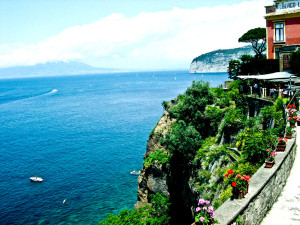
The pizzeria called L’Antica Pizzeria da Michele is especially notorious and heavily visited in Naples after its mention in Elizabeth Gilbert’s novel: Eat, Pray, Love. Neapolitan music has additionally been highly significant, credited with the invention of the romantic guitar and the mandolin, as well as notable assistance to opera and folk standards. Naples is widely known for its ownership of several historical museums. The Naples National Archaeological Museum is one of the city’s major museums, with rich collections of artifacts of the Roman Empire in the world.



